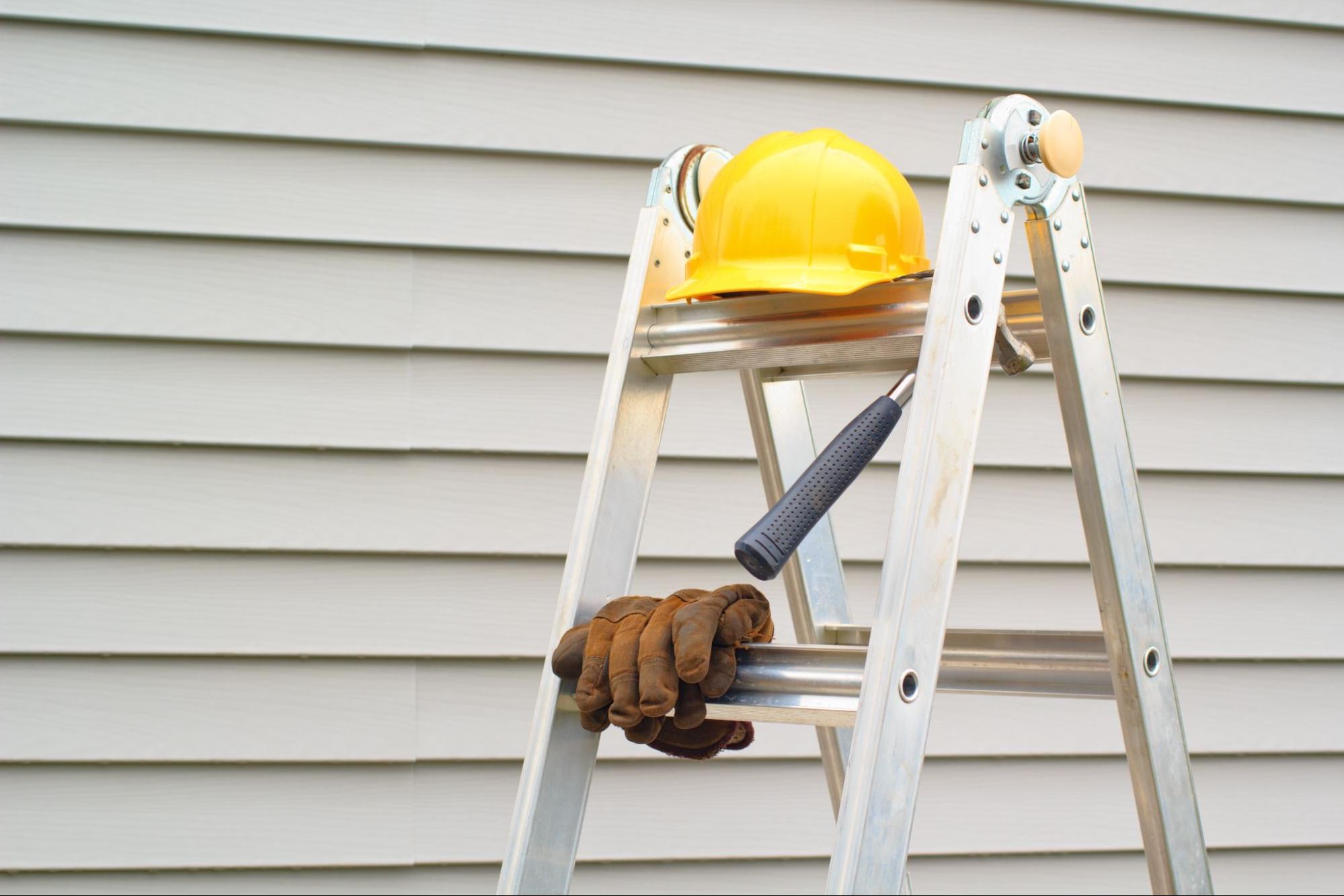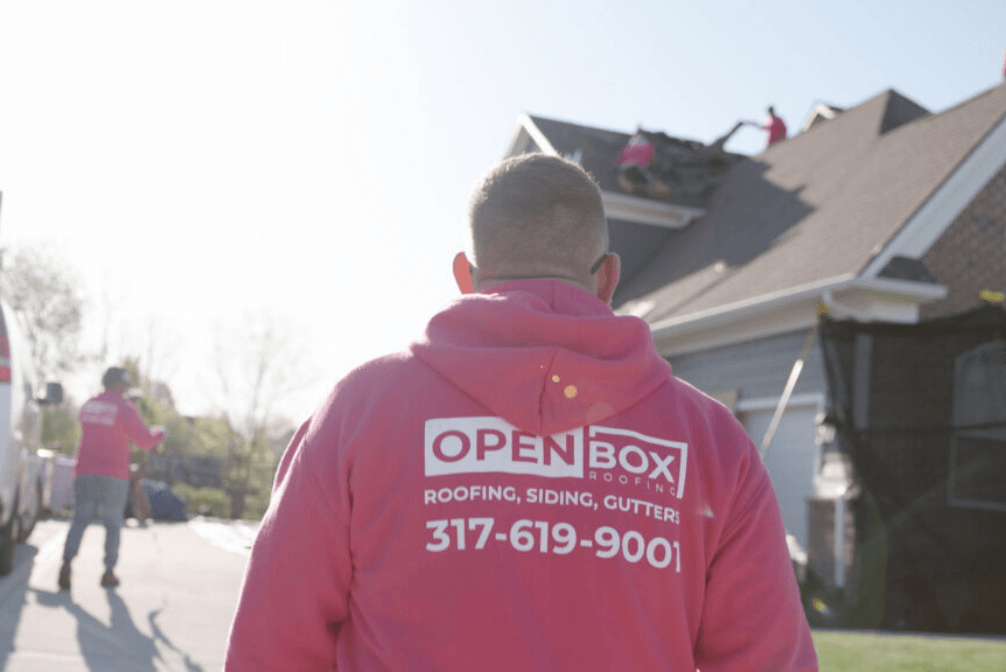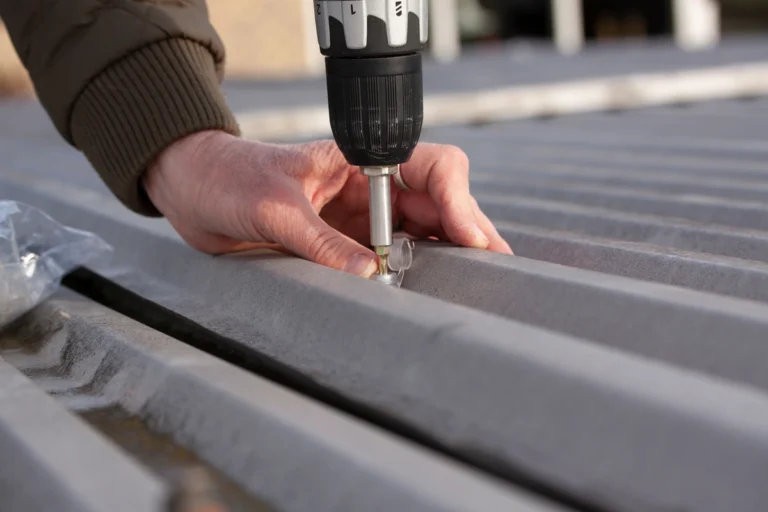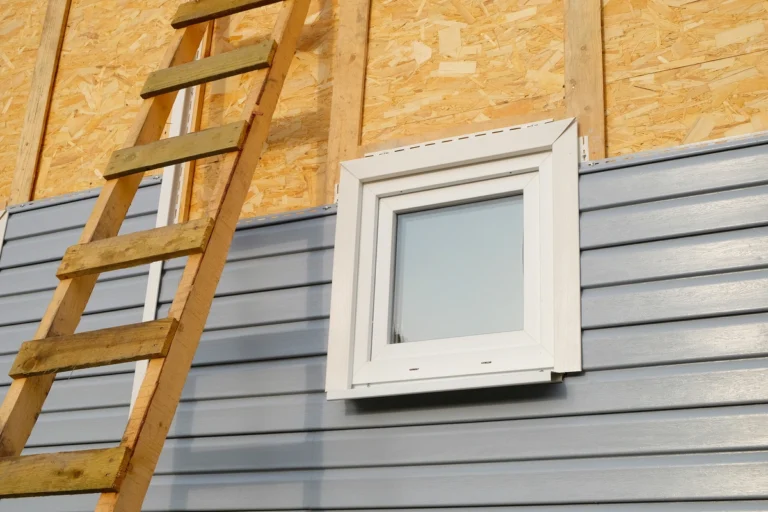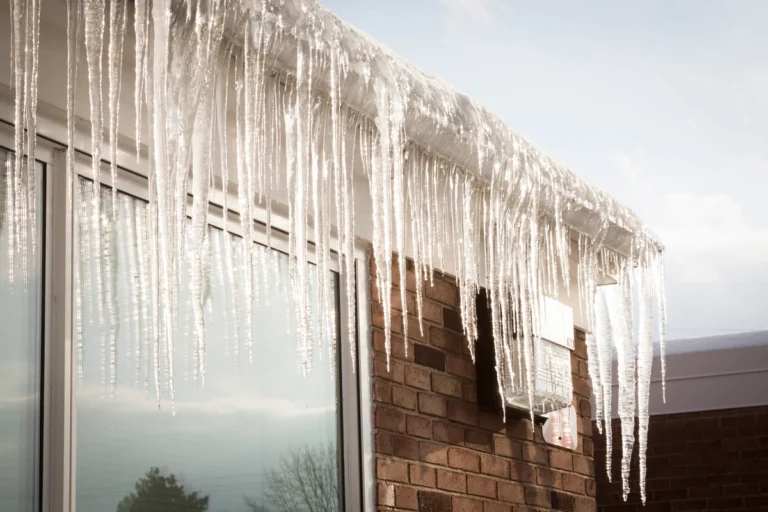Siding is like the skin of your house, protecting it from the elements while also contributing to its aesthetic appeal. However, over time, siding can wear out, becoming less effective and detracting from your home’s appearance.
When it’s time to replace your siding, it’s essential to understand:
- The costs involved
- The different materials available
- The best practices for installation and maintenance
In this guide, we’ll delve into all aspects of siding installation cost, helping you make informed decisions for your home.
Signs That You Need to Replace Your Siding
Before discussing costs, it’s crucial to recognize the signs that your siding may need replacing:
- Visible Damage: Look for cracks, warping, or holes in your siding. These issues can allow moisture to penetrate, leading to further damage and potentially mold growth.
- Increased Energy Bills: Old or damaged siding can compromise your home’s insulation, resulting in higher energy bills as your HVAC system works harder to maintain a comfortable temperature.
- Fading or Peeling Paint: If you notice your paint is peeling or fading unevenly, it could be a sign of moisture getting trapped beneath the siding, causing it to deteriorate.
- Rot or Mold: Inspect your siding for signs of rot or mold growth, especially in areas prone to moisture buildup, such as around windows, doors, or in shaded areas.
- Bubbling or Blistering: These abnormalities on your siding’s surface are often indicative of water infiltration, potentially causing significant damage to the underlying structure.
5 Different Siding Materials
When it comes to siding materials, there’s no shortage of options, each with its own advantages and price points. Here are some of the most common siding materials:
1) Vinyl Siding:
Vinyl is a popular choice due to its affordability, low maintenance requirements, and versatility in terms of colors and styles. It’s relatively easy to install, making it a cost-effective option for many homeowners.
2) Wood Siding:
Wood siding offers a timeless, natural look that can enhance the curb appeal of your home. While it tends to be more expensive than vinyl, wood siding can last for decades with proper maintenance.
3) Fiber Cement Siding:
Made from a blend of cement, sand, and cellulose fibers, fiber cement siding is durable, fire-resistant, and resistant to rot and pests. It’s available in various textures and can mimic the look of wood or stucco at a fraction of the cost.
4) Metal Siding:
Metal siding, such as aluminum or steel, is known for its durability and low maintenance requirements. It’s particularly well-suited for areas prone to extreme weather conditions and offers excellent protection against fire and pests.
5) Brick and Stone Veneer:
While more expensive than other options, brick and stone veneer siding can add a touch of elegance and sophistication to your home. It’s exceptionally durable and requires minimal maintenance but comes with a higher upfront cost.
The Cost of Installing New Siding
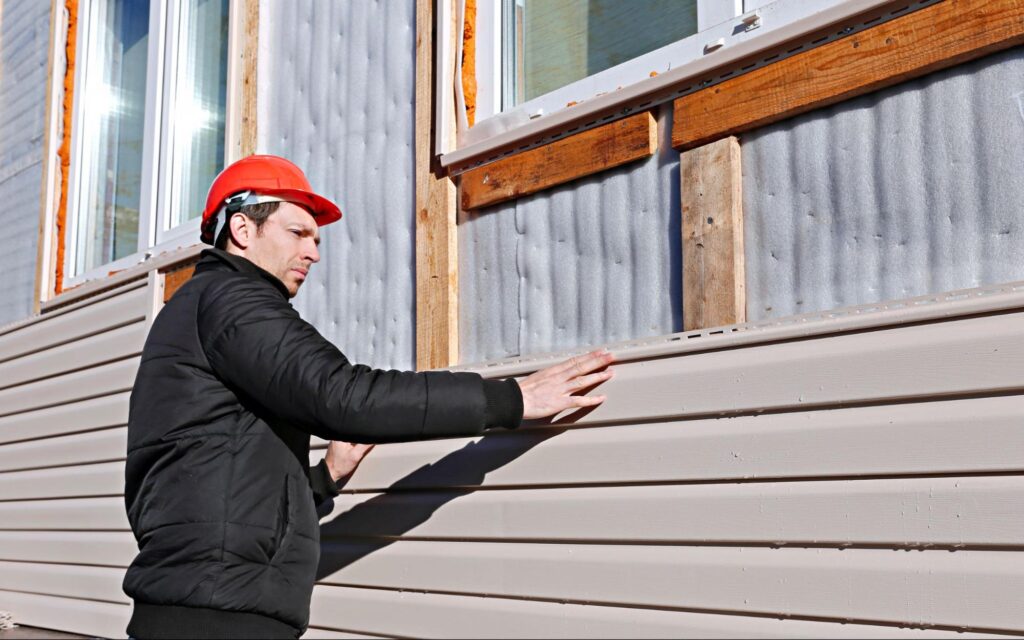
The cost of installing new siding can vary significantly depending on several factors, including the size of your home, the chosen material, labor costs in your area, and any additional features or customization. On average, however, you can expect to pay anywhere from $6,000 to $15,000 for a typical single-story home, with prices increasing for larger or more complex projects.
Here’s a breakdown of average costs per square foot for each siding material:
- Vinyl: $3 – $8 per square foot
- Wood: $6 – $12 per square foot
- Fiber Cement: $5 – $10 per square foot
- Metal: $7 – $12 per square foot
- Brick and Stone Veneer: $10 – $20+ per square foot
It’s essential to obtain quotes from multiple contractors and compare them carefully to ensure you’re getting a fair price for the quality of workmanship and materials.
5 Factors That Affect the Cost of Your Siding Installation
While the average cost of siding installation provides a helpful starting point, several factors can cause your project’s final cost to vary. Understanding these factors can help you anticipate potential expenses and make informed decisions about your siding installation:
1) Size and Complexity of Your Home:
The size, shape, and architectural complexity of your home will impact the amount of siding material needed and the labor required for installation. Larger homes or those with intricate designs, such as multiple stories, gables, or dormers, will typically incur higher costs due to the additional time and effort involved.
2) Siding Material and Quality:
The type of siding material you choose and its quality will have a significant impact on the overall cost of your installation. While vinyl siding tends to be the most affordable option, premium materials such as wood, fiber cement, or brick and stone veneer can come with a higher price tag but offer greater durability and aesthetic appeal.
3) Preparation Work:
Before installing new siding, any existing siding must be removed, and the underlying surface inspected and prepared for the new material. Additional preparation work, such as repairing damaged sheathing or addressing moisture issues, can add to the overall cost of the project.
4) Labor Costs:
Labor costs can vary depending on factors such as the contractor’s experience, location, and current demand for services. Highly skilled contractors may command higher rates, but their expertise can ensure a high-quality installation that lasts for years to come.
5) Customization and Extras:
If you opt for custom features or extras such as trim details, decorative accents, or insulation upgrades, these additions will increase the overall cost of your siding installation. However, they can also enhance the visual appeal and energy efficiency of your home, making them worthwhile investments in the long run.
6) Permitting and Regulations:
Depending on your local building codes and regulations, you may need to obtain permits for your siding installation project. Permitting fees and compliance with code requirements can add to the overall cost, so be sure to factor these expenses into your budget.
By considering these factors and consulting with a qualified siding contractor, you can develop a realistic budget for your installation project and ensure that you get the best value for your investment. While the initial cost of siding installation may seem daunting, choosing high-quality materials and professional installation can provide long-term benefits in terms of durability, energy efficiency, and curb appeal for your home.
DIY vs. Professional Installation
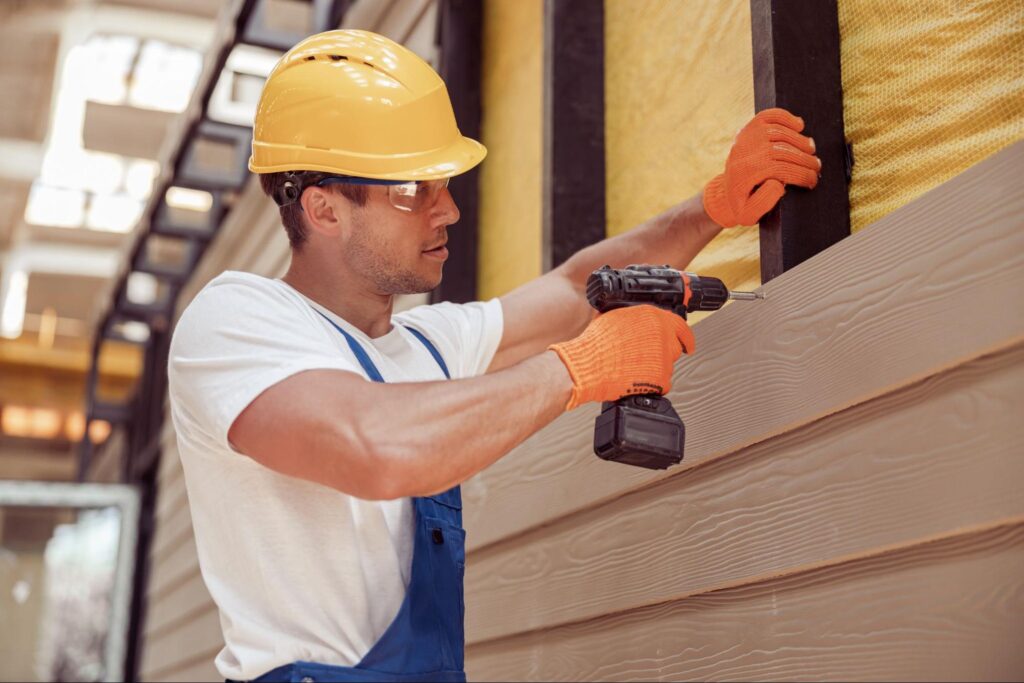
While some homeowners may opt to tackle siding installation themselves to save money, it’s crucial to consider the complexity of the project and the potential risks involved. Here are some factors to weigh when deciding between DIY and professional installation:
- Skill Level: Siding installation requires precise measurements, cutting, and fitting, as well as knowledge of proper sealing and flashing techniques. If you’re not confident in your abilities, it’s best to leave it to the professionals.
- Time and Effort: Installing siding can be a time-consuming and physically demanding task, especially for larger homes or more intricate designs. A professional crew can complete the job much more quickly and efficiently, minimizing disruption to your daily life.
- Warranty and Insurance: Most reputable contractors offer warranties on their workmanship and may be insured against any accidents or damages that occur during the installation process. Attempting DIY installation could void any warranty on the siding material and leave you liable for any mishaps.
- Tools and Equipment: Siding installation requires specialized tools and equipment, which can be expensive to purchase or rent for a one-time project. Professional contractors come equipped with everything they need to get the job done right the first time.
How to Maintain Your Siding
Once your new siding is installed, proper maintenance is essential to ensure it remains in optimal condition for years to come. Here are some tips for maintaining your siding:
🫧 Regular Cleaning:
Use a soft brush or sponge and a mild detergent to remove dirt, grime, and mildew buildup from your siding. Avoid using abrasive cleaners or pressure washers, as they can damage the surface.
🔎 Inspect for Damage:
Periodically inspect your siding for signs of damage, such as cracks, holes, or loose panels. Address any issues promptly to prevent further deterioration.
✂️ Trim Vegetation:
Keep trees, bushes, and other vegetation trimmed back from your siding to prevent moisture buildup and reduce the risk of pests infiltrating your home.
🎨 Repaint or Seal as Needed:
If you have wood siding, keep an eye on the paint or stain finish and reapply as necessary to protect against weathering and moisture damage. Similarly, seal any cracks or gaps in your siding to maintain its integrity.
👷🏾 Professional Inspections:
Consider scheduling annual inspections with a qualified siding contractor to identify any potential issues early on and address them before they become costly problems.
What to Look for in a Contractor
Choosing the right contractor is crucial to the success of your siding installation project. Here are some factors to consider when selecting a contractor:
- Experience and Reputation: Look for a contractor with a proven track record of successful siding installations and positive reviews from satisfied customers. Ask for references and check online reviews to gauge their reputation.
- Licensing and Insurance: Ensure that the contractor is properly licensed and insured to perform the work in your area. This protects you from liability in case of accidents or damages during the installation process.
- Quality of Workmanship: Insist on seeing examples of the contractor’s previous work to assess the quality of their craftsmanship. Pay attention to details such as clean seams, straight lines, and proper flashing and sealing.
- Communication and Transparency: Choose a contractor who communicates openly and transparently throughout the process, providing clear timelines, cost estimates, and explanations of the work involved.
- Warranty and Guarantees: Inquire about the contractor’s warranty on both materials and workmanship, and make sure you understand what is covered and for how long. A reputable contractor should stand behind their work and be willing to address any issues that arise after the installation.
Replace Your Existing Siding With Open Box!
Replacing your siding is a significant investment in your home’s value, appearance, and protection. By understanding the signs that it’s time for replacement, the different materials available, the costs involved, and the importance of proper installation and maintenance, you can make informed decisions that will benefit you for years to come.
Whether you choose vinyl, wood, fiber cement, metal, or brick and stone veneer siding, selecting the right contractor and ensuring high-quality workmanship are essential steps toward achieving the results you desire.
Contact Open Box Roofing today to start your siding replacement!
